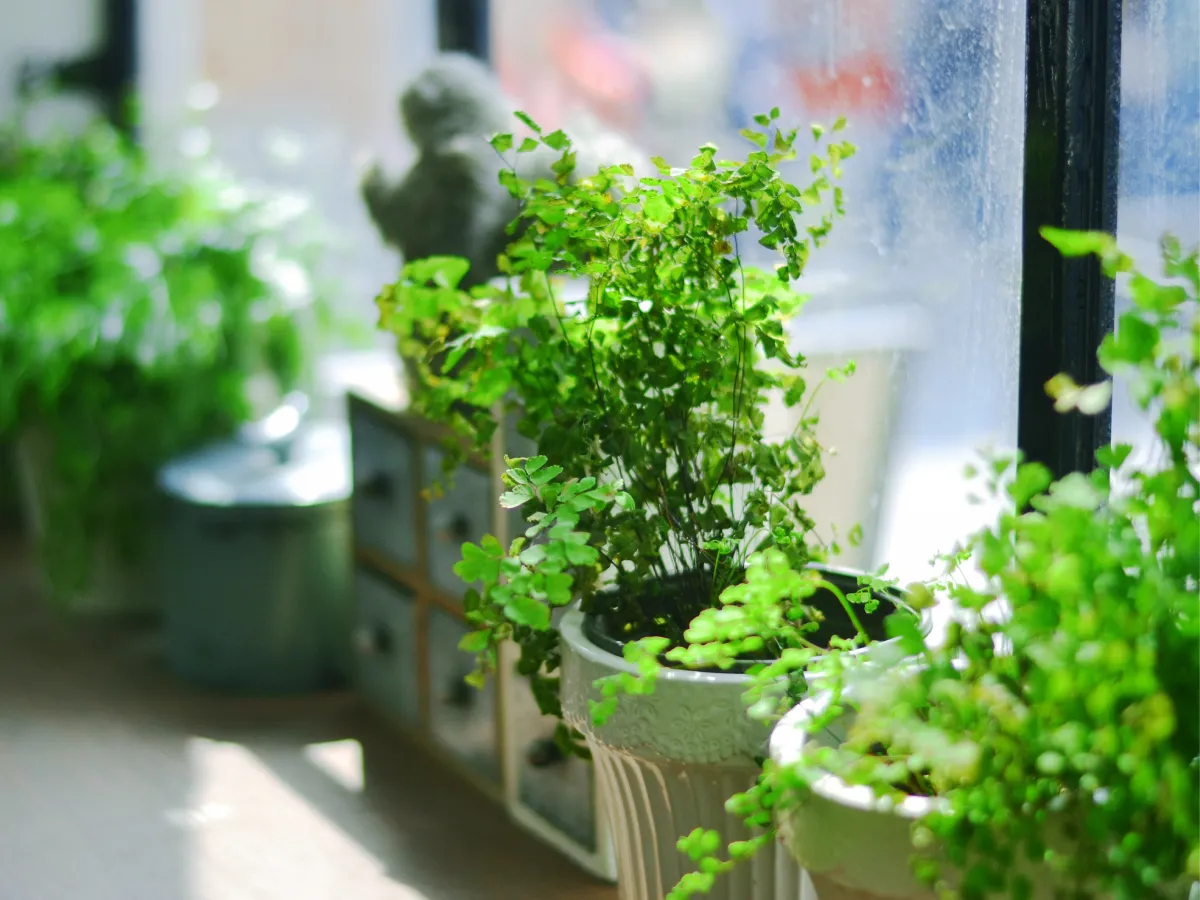How to Repot Your Plants Without Stressing Them
Repotting is an essential part of plant care, yet it can be a daunting task for many plant lovers. Whether your plant has outgrown its current pot or needs fresh soil, repotting can be stressful for both you and your green friend. However, with the right approach, you can make the process smooth and stress-free. Here’s a step-by-step guide to help you repot your plants without causing unnecessary distress.
Why Repotting is Necessary
Plants need repotting for several reasons. Over time, they can outgrow their containers, leading to root-bound conditions where the roots circle around the pot, restricting growth and nutrient uptake. Additionally, soil can become depleted of nutrients or compacted, affecting the plant’s health. Repotting allows you to refresh the soil, provide more space for root growth, and encourage overall vitality.
When to Repot Your Plants
Before diving into the process, it’s essential to recognize the signs that indicate it’s time to repot:
- Roots are Growing Out of the Drainage Holes: If you see roots protruding from the bottom of the pot, it’s time for a larger container.
- Soil Dries Out Quickly: If the soil dries out faster than usual, your plant may be root-bound and needs more space.
- Stunted Growth: If your plant isn’t growing as it should, despite adequate light and care, it may need a new pot.
- Soil Compaction: If the soil has become compacted and water isn’t absorbing properly, repotting with fresh soil can help.
Tools You’ll Need
Gather the following tools before you start the repotting process:
- A new pot (1-2 inches larger in diameter than the current pot)
- Fresh potting soil (appropriate for your plant type)
- A small trowel or spoon
- Watering can
- Pruning shears (optional)
- Newspaper or a tarp (to catch any mess)
Step-by-Step Guide to Repotting
1. Choose the Right Time
Select a time for repotting when your plant is not actively growing. Early spring is ideal, as most plants are coming out of dormancy and can adjust to the new pot more easily.
2. Water Before You Start
Water your plant a day before repotting. This helps to hydrate the roots and makes the plant more pliable, reducing stress during the process.
3. Prepare Your New Pot
Ensure that the new pot has drainage holes to prevent waterlogging. Add a layer of fresh potting soil to the bottom of the new pot, filling it about one-third full.
4. Remove the Plant from Its Current Pot
Gently grasp the base of the plant and tilt it to one side, tapping the pot lightly to loosen the soil. Carefully slide the plant out of the pot, supporting the root ball with your hands. If it’s stubborn, you can use a trowel to gently loosen the edges.
5. Inspect the Roots
Take a moment to inspect the roots. If they’re tightly bound, gently tease them apart using your fingers. Trim any dead or damaged roots with clean pruning shears. This encourages new growth and prevents root rot.
6. Place the Plant in the New Pot
Position the plant in the center of the new pot, ensuring that the top of the root ball is about an inch below the pot’s rim. This allows space for watering without overflow. Add more potting soil around the sides, gently pressing it down to eliminate air pockets.
7. Water Thoroughly
Once the plant is in place, water it thoroughly until you see water draining from the bottom. This helps settle the soil around the roots and provides hydration.
8. Give It Time to Adjust
After repotting, place the plant in a location with indirect sunlight for a week or so. This allows it to acclimate to its new environment without additional stress.
Conclusion
Repotting doesn’t have to be a stressful experience for you or your plants. By following these steps and being mindful of your plant’s needs, you can successfully transition your green companions into their new homes. Remember, the goal is to create a nurturing environment that encourages growth and vitality. Happy planting!

0 Comments